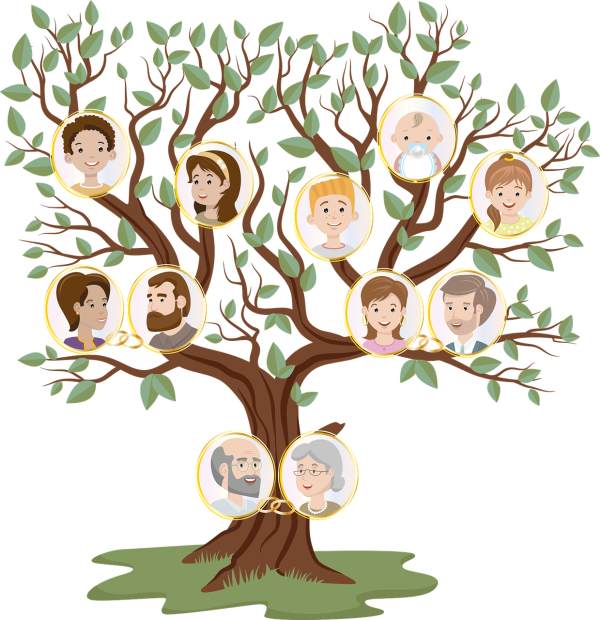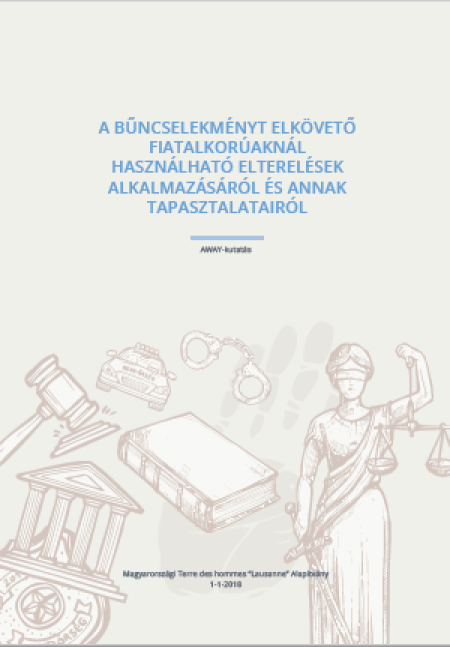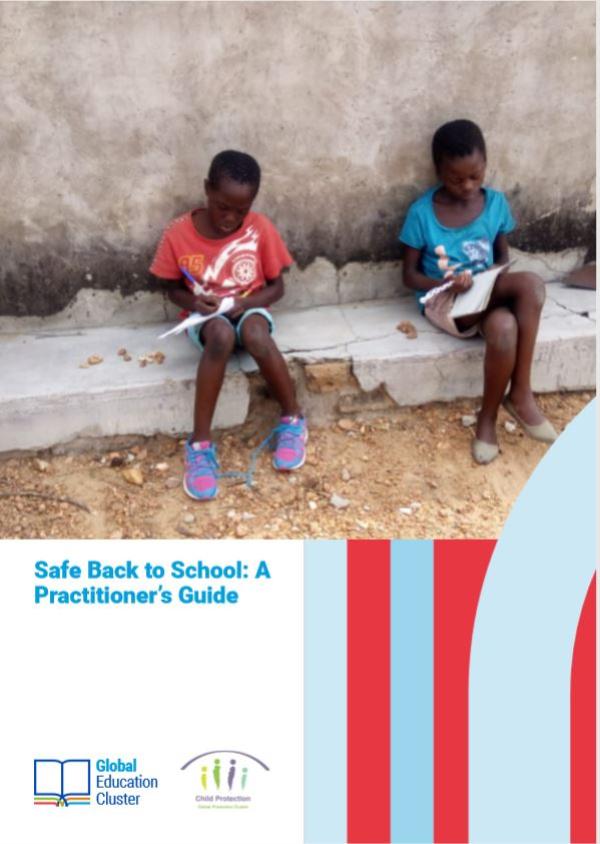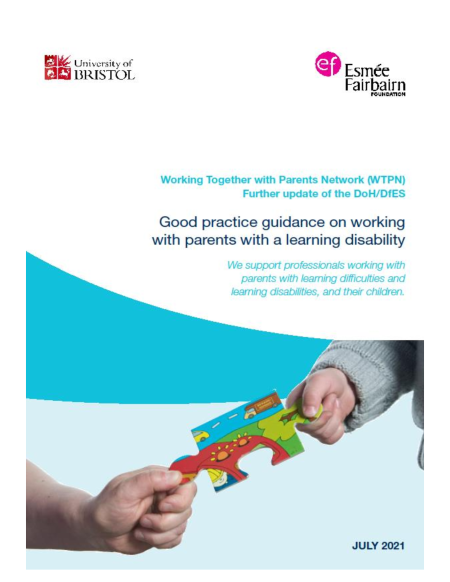
The article gives information about sharing practice and knowledge between partner organizations on using genograms in practice, following the release of a Practice Tool. The authors, Hannah Scott and Dyfrig Williams state the important point in this event is their role. So, here they take the facilitator role instead of an ‘expert’ role which allows discussions around points of interest on a topic. Moreover, according to the authors, these will enable the following pints:
- To see what works for organizations, and to share ideas around how we might overcome practice issues.
- To help social workers to demonstrate how they are meeting the Social Work England CPD standard, particularly around how they contribute to an open and creative learning culture and discuss, reflect on and share good practice (Standard 4.5).
Also, the article talks about the different practicalities, materials for drawing genograms, and important points which have to be considered during this process. One of the examples is, Liz Bosanquet’s use of sticky back plastic which can be amended easily and visible to the family as the genogram is drawn.
The main takeaways of the process:
- Helping to make hidden aspects of the relationships visible.
- Letting to participants having a conversation around how genograms aren’t just about the lines that are drawn, but the conversations around them.
- Developing our family members confidence and use of genograms
In the end, the authors shared information on upcoming events such as Developing a mindset to enable community approaches, Growing community capacity: Strategic Briefing, conference session delivered by Dr. Pawda Tjoa on working with the community to drive change, podcasts with professionals in Love Barrow Families, Camden Council and Cornwall Council.































